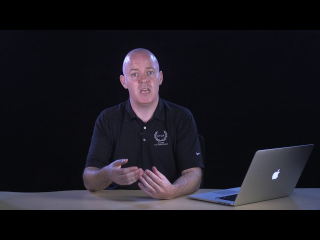Useful VMware Reference Posters!
(NSX/VCSA 6.5/PowerCLI 6.5/PSC Toplogy Tree)

For all those VMware techies out there that work with VMware solutions on a daily basis, it’s hard to remember everything we need to know related to the many solutions we manage. So VMware has created several VMware Reference Posters to help us out when we need a little reminder as far as a command-line argument, configuration option, etc.
At the VMware provided website, they have provided us with (3) reference posters for working with PowerCLI 6.5 R1, vCenter Server Appliance (VCSA), and Platform Services Controllers (PSC) Topology Decision Tree. Click on the below link to go to the VMware Reference Poster site and download your copy of these great tools!
VMware Reference Posters Link: https://blogs.vmware.com/vsphere/posters
Although not listed in the above site, there is also a NSX Reference Poster that is also available! So for those that are managing VMware NSX, I highly recommend you download this poster and keep it handy, I am sure you will need to use it at some point in time while managing NSX.
The dimensions for the NSX posters are designed to be printed in a high-resolution A3 size (no lower than 300 dpi).
- In inches: 11.7 x 16.5
- In mm: 297 x 420
NSX Reference Poster (Printable Version): Click Here to Download!
NSX Reference Poster: Click Here to Download!





